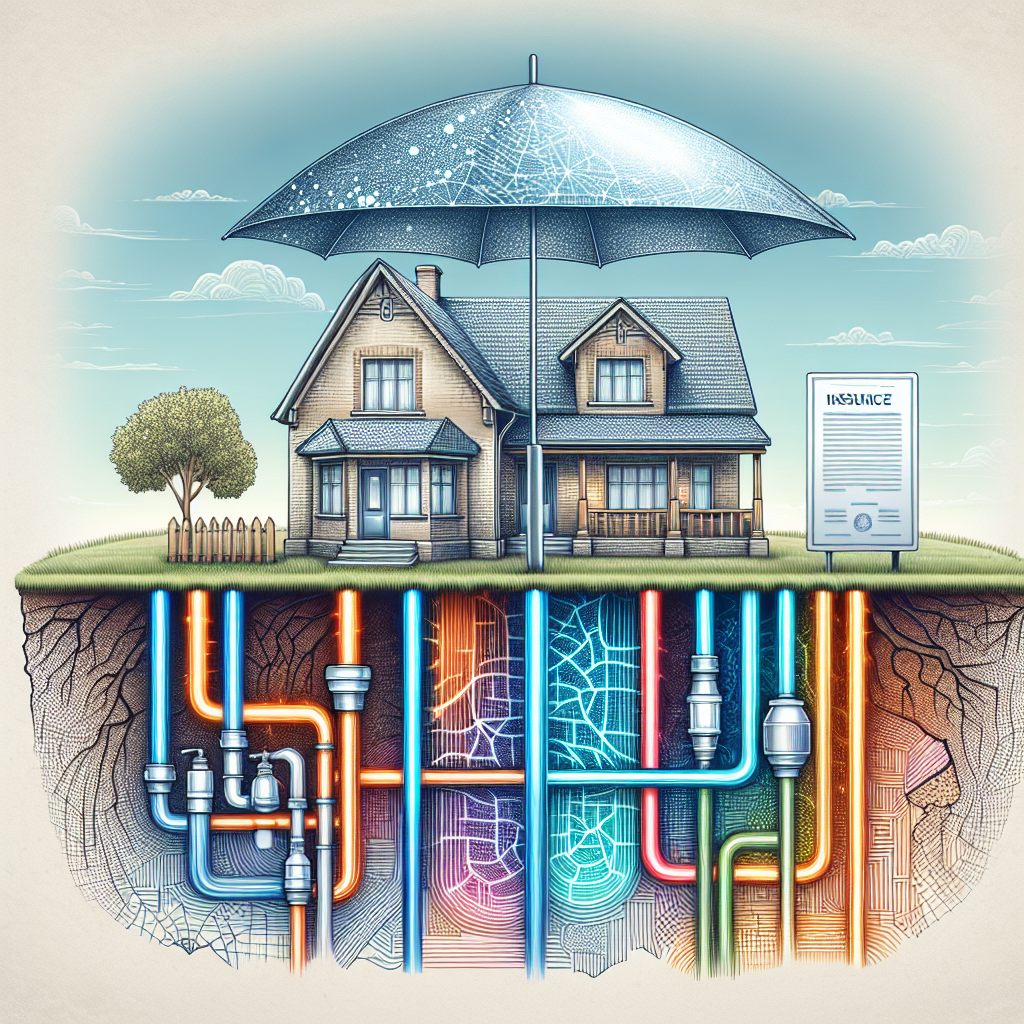Filed under Home Insurance on
Understanding Home Owners Insurance Coverage Essentials

When it comes to safeguarding your biggest investment, understanding homeowners insurance coverage essentials becomes crucial. Navigating through the complexities of policies, premiums, and protections can be daunting. Yet, with the proper knowledge, you can tailor coverage to suit your needs, ensuring peace of mind and financial security.
What Is Homeowners Insurance?
Homeowners insurance is a critical financial tool designed to protect your home and belongings from unforeseen events. Whether it's natural disasters, theft, or accidents, the right policy can cover repair costs and liabilities. Understanding homeowners insurance coverage essentials not only helps in selecting the best plan but also prepares you for any unexpected circumstances.
Types of Coverage
A comprehensive homeowners insurance policy generally includes several types of coverage:
- Dwelling Coverage: Protects the structure of your home, including walls, roof, and built-in appliances.
- Personal Property Coverage: Covers personal belongings such as furniture, electronics, and clothing.
- Liability Protection: Offers protection against legal actions due to injuries or property damage caused by you or your family members.
- Additional Living Expenses: Provides for costs like hotel bills and meals if you're temporarily displaced.
- Other Structures Coverage: Covers detached structures like garages and sheds.
Why Homeowners Insurance Is Essential
Understanding homeowners insurance coverage essentials is not just beneficial—it’s necessary. Knowing what is included in your policy can prevent financial hardship after unforeseen events.
Protection Against Natural Disasters
Natural disasters such as hurricanes, tornadoes, and earthquakes can wreak havoc on properties. While certain perils may not be covered automatically, specific endorsements or additional policies provide peace of mind. It's crucial to review what is included in the standard policy and consider supplements for perils pertinent to your region.
Guarding Against Theft and Vandalism
Theft and vandalism are unfortunate realities of homeownership. With personal property coverage, you’ll receive compensation for stolen or damaged items. Maintaining an up-to-date inventory can facilitate a smooth claims process and ensure adequate compensation.
Factors Influencing Homeowners Insurance Premiums
Several factors can influence the cost of your homeowners insurance. Understanding these can help in obtaining competitive rates:
- Location: Homes in high-risk areas may face higher premiums.
- Home Condition: Older homes or those requiring repairs might attract increased rates.
- Deductibles: Higher deductibles often equate to lower premiums, but consider what you can afford in the event of a claim.
- Security Measures: Installing security systems or smoke alarms can reduce your premium.
The Role of Credit Score
Your credit score can also impact your premium. Insurers often use credit information to gauge risk levels. Maintaining a good credit score helps in securing favorable premiums and showcases financial responsibility.
Key Considerations for First-Time Homeowners
New homeowners might find the world of insurance perplexing. There are several considerations to keep in mind:
Evaluate Your Coverage Needs
Understanding homeowners insurance coverage essentials starts with evaluating your needs. Consider the value of your home, personal belongings, and potential liability risks.
Compare Policies and Providers
Shopping around allows you to compare different policies. Look for providers with strong reputations and positive customer reviews. Consulting with a broker can also provide insights into the best offerings.
Common Mistakes to Avoid
When obtaining homeowners insurance, avoid the following pitfalls to ensure comprehensive protection:
- Underinsuring Your Home: Coverage should equal the cost to rebuild, not just the market value.
- Ignoring Exclusions: Familiarize yourself with what isn't covered. Supplement with additional policies if necessary.
- Neglecting Regular Reviews: Assess your coverage annually or after significant life events to ensure it meets your current needs.
The Importance of Transparency
Understanding homeowners insurance coverage essentials requires clarity and communication with your provider. Always ask questions and request detailed explanations on unclear points. This transparency ensures there are no surprises when filing a claim.
Latest Trends in Homeowners Insurance
The insurance industry continuously evolves to address new risks and consumer needs. Staying informed helps in making strategic coverage decisions:
Embracing Technology
Telematics and smart home devices are revolutionizing how insurers assess risk. By sharing data on your home's safety measures, you may receive premium discounts.
Climate Change Considerations
As climate change intensifies, insurers are updating policies to consider increased severe weather risks. Proactively managing these risks with appropriate coverage ensures future readiness.
Navigating Claims Process
Filing a claim can be a challenging process, but understanding the procedure helps in achieving successful outcomes:
Immediate Steps
After an incident, contact your insurer promptly. Document damages with photos and keep receipts for related expenses. Timely reporting can expedite the process.
Professional Support
Engaging a claims adjuster or consultant can provide expertise and represent your interests, ensuring fair compensation.
Conclusion
Understanding homeowners insurance coverage essentials is integral to a secure, protected homeownership experience. Comprehensive knowledge empowers you to choose the right coverage tailored to your unique needs. By avoiding common mistakes, leveraging the latest industry trends, and maintaining open communication with your insurer, you safeguard both your property and peace of mind.




